Learning Aeronautical Engineering From Historic Aircraft Designs
Vintage Aviation News
APRIL 1, 2025
Particularly in battle aerodynamics, drag reduction, and structural durability, early aircraft teach engineers today important insights. Setting the benchmark for modern airliners, the Douglas DC-3 (1935) a classic in commercial aviation brought all-metal construction, retractable landing gear, and more efficient airfoil designs.

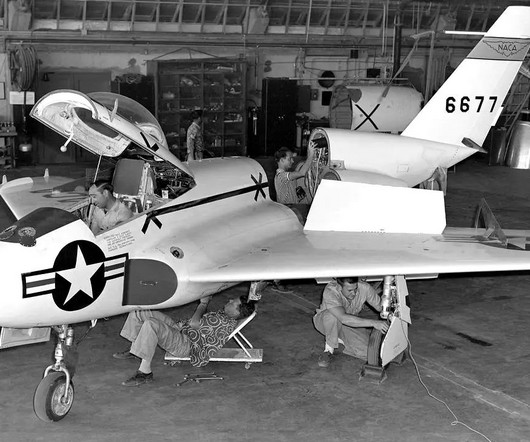
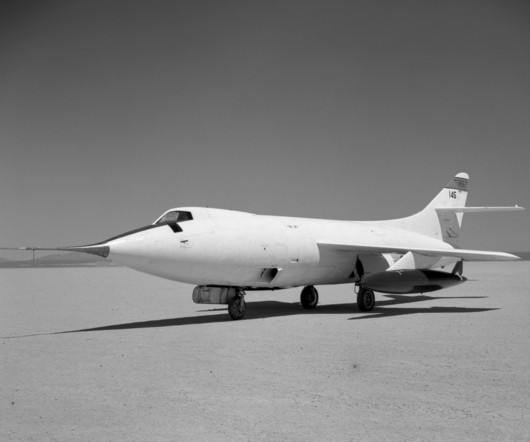

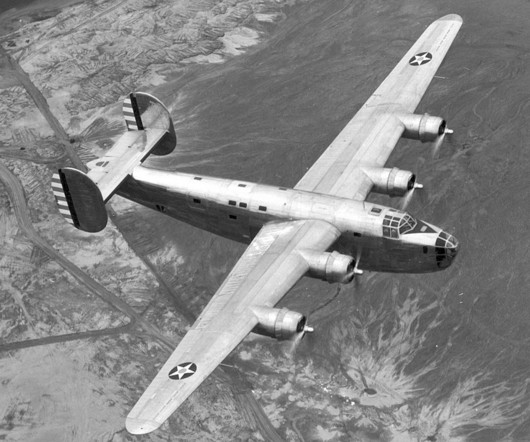


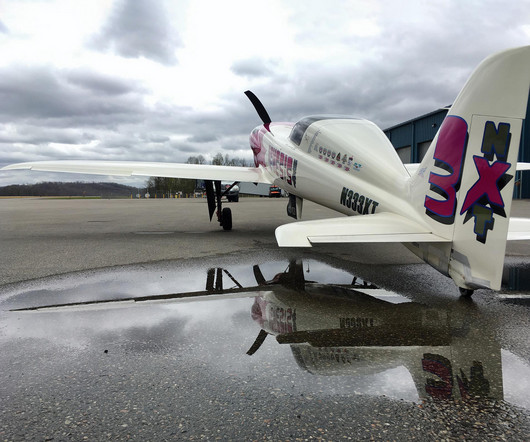
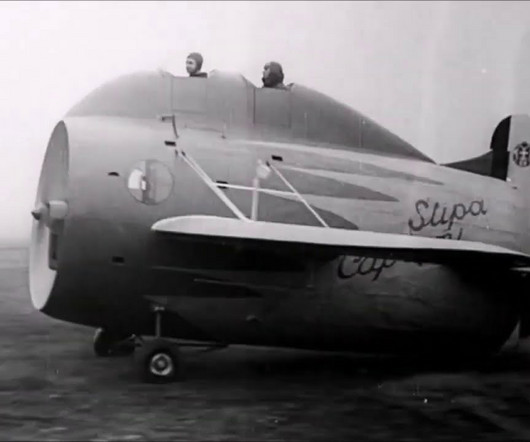
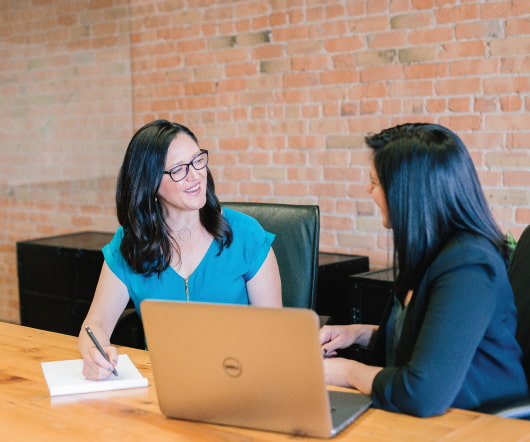

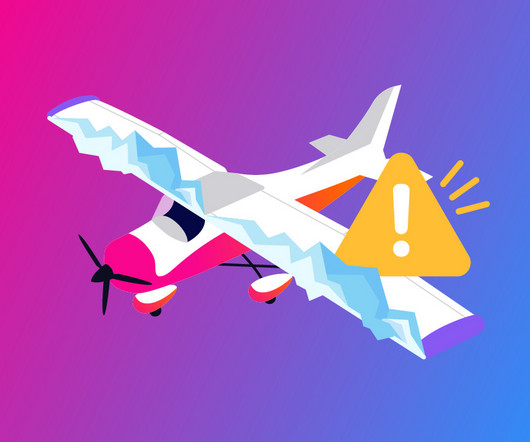

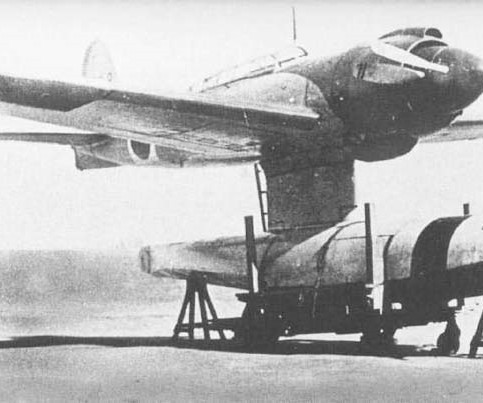









Let's personalize your content